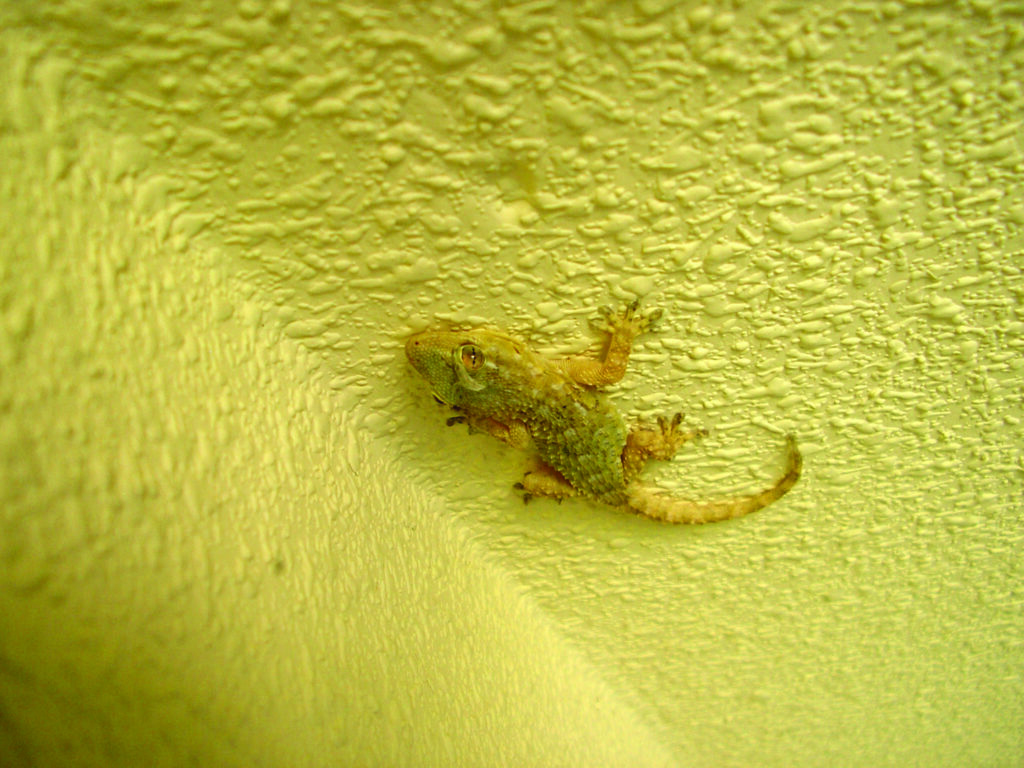Geckos (February 25)


Wouldn’t it be fun to walk right up the side of a wall or dash across the ceiling without tumbling to the floor? Only in comic books can fantasy heroes accomplish such feats. Inspiring such fiction are spiders, flies, and many other insects that have no trouble scurrying upside down across the ceiling. But no creature defies gravity like the gecko. Scientists have spent decades trying to discover how this heavy lizard, weighing hundreds of times more than an insect, can run upside down across surfaces as smooth as glass.
Originally, it was believed that tiny features on the gecko’s feet functioned like suction cups to suspend the lizard. Later, the real secret was discovered – hundreds of millions of microscopic hair-like filaments on the gecko’s feet exploit weak electrostatic attraction (van der Waal forces) that act as tiny magnets to hold the lizard to the ceiling1. But the mystery of how the gecko could turn these forces on and off to prevent its foot from remaining stuck to the ceiling remained.
More recent work has shown that the gecko hairs are curved like little bent hairs that can be snapped back and forth as the lizard moves across a surface allowing a rapid attachment/detachment mechanism to take place. Even researchers who believe in evolution describe the gecko with words like, “…amazing, finely balanced, and finely tuned this whole system is…” Mankind can invent imaginary wall-clinging heroes like Spiderman, but only God can create real creatures capable of displaying such amazing abilities.
Proverbs 30:28
KJV: The spider taketh hold with her hands, and is in kings’ palaces.
NIV: a lizard can be caught with the hand, yet it is found in kings’ palaces.
Reference
Autumn, K., et.al., 2000. “Adhesive force of a single gecko foot hair”. Nature 405(6787):681.
Sarfati, Jonathan. 2015. “How Geckos Become Unstuck”. Creation, 37 (2) 25.
Hu, C. and Greaney P.A. August 2014 August. “Role of seta angle and flexibility in the gecko adhesion mechanism”. Journal of Applied Physics 116:074302, p 12.
